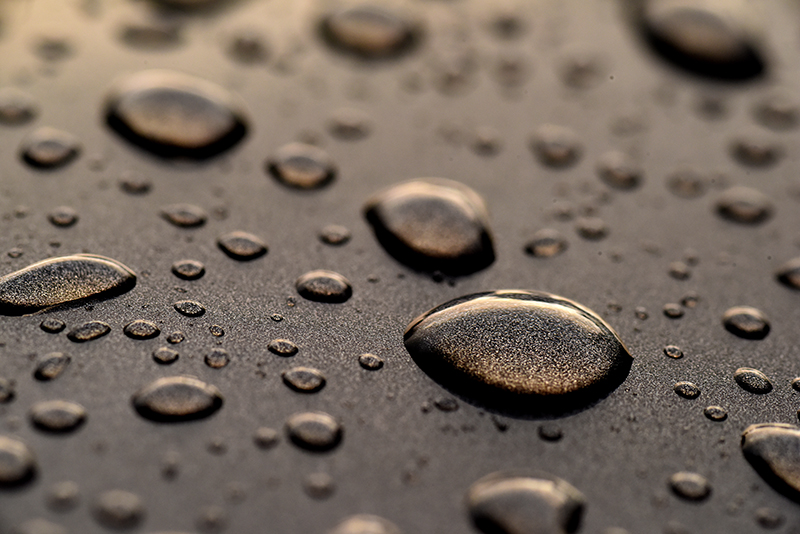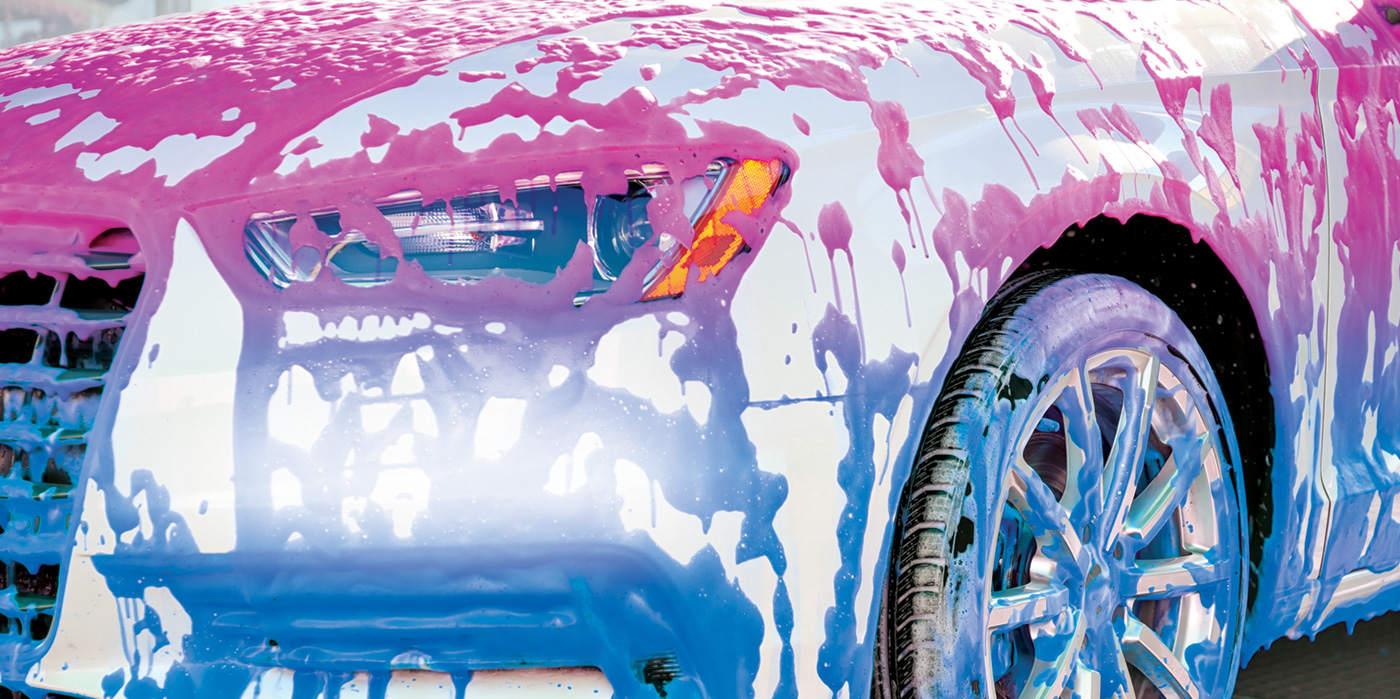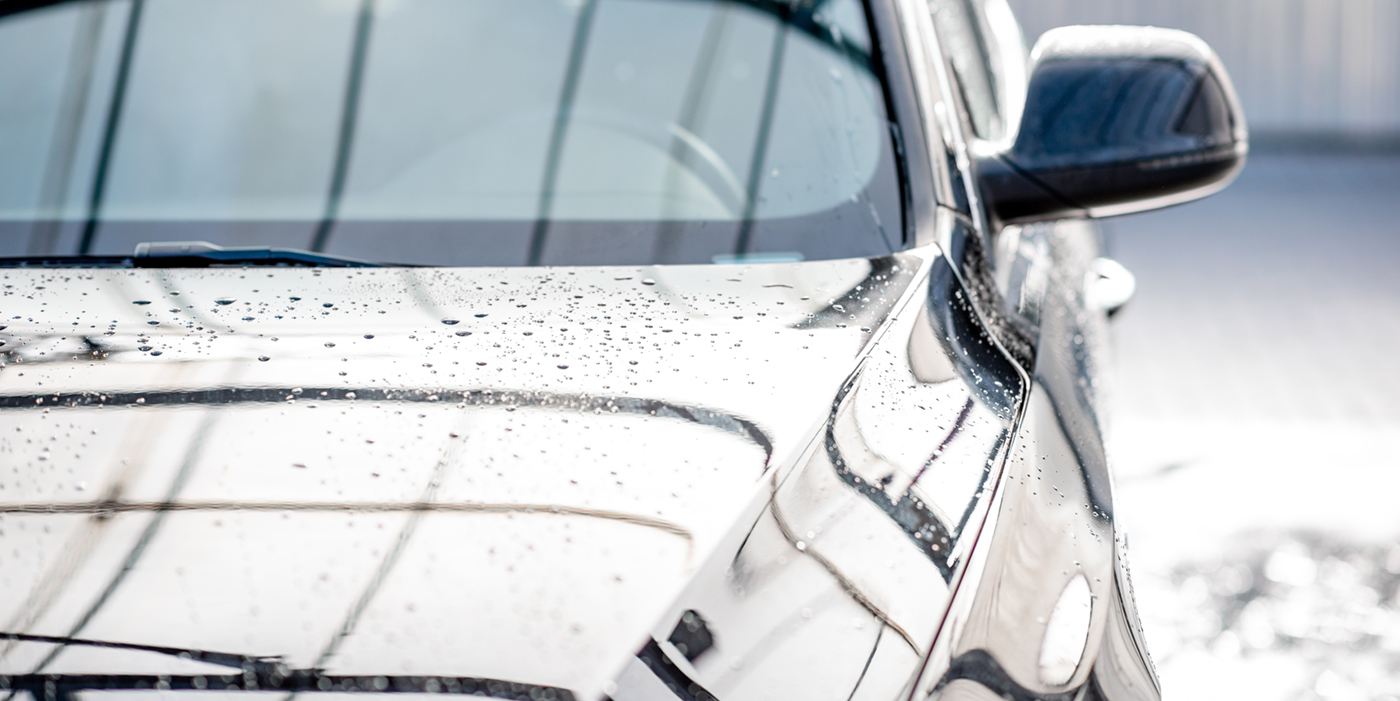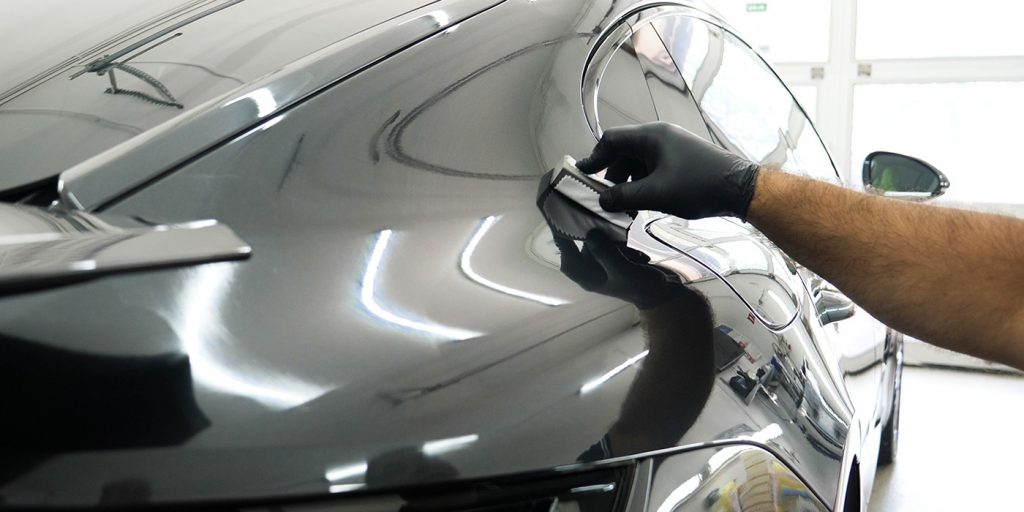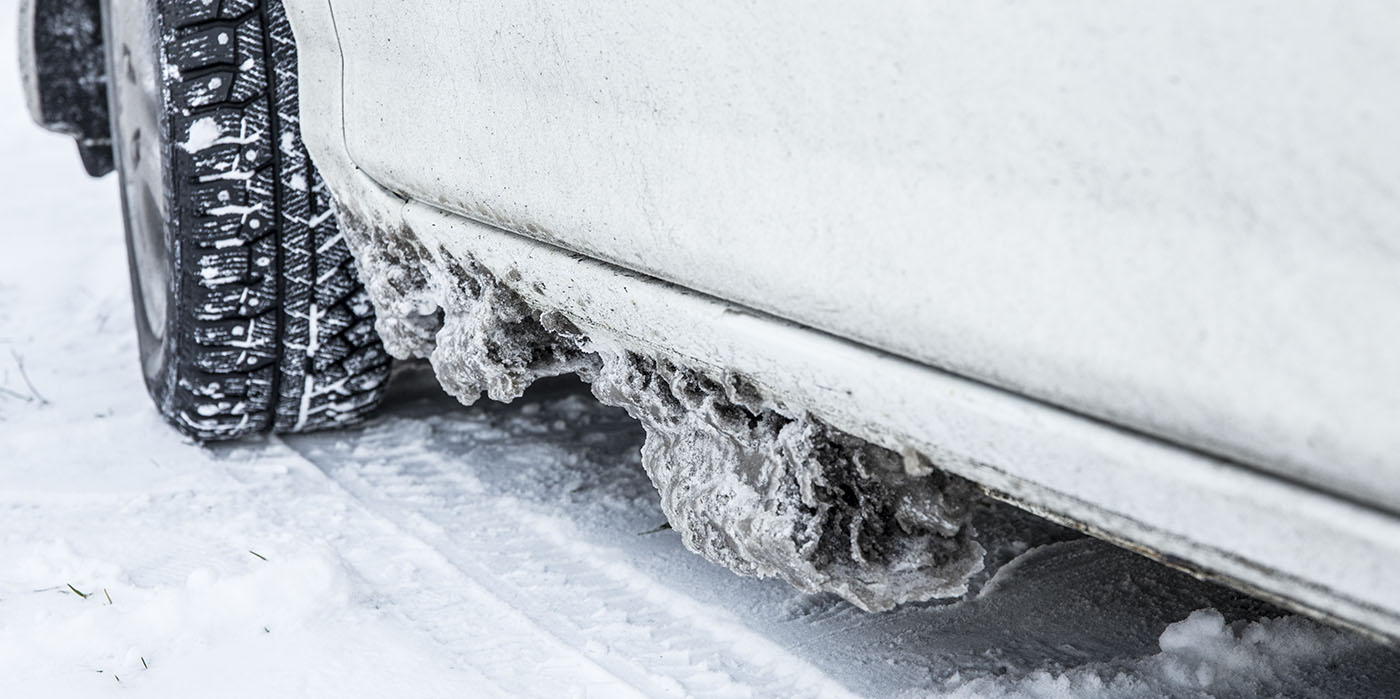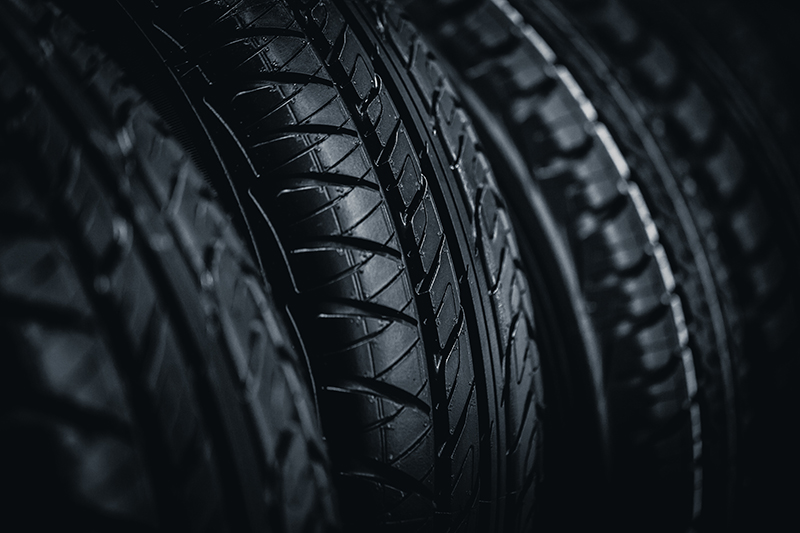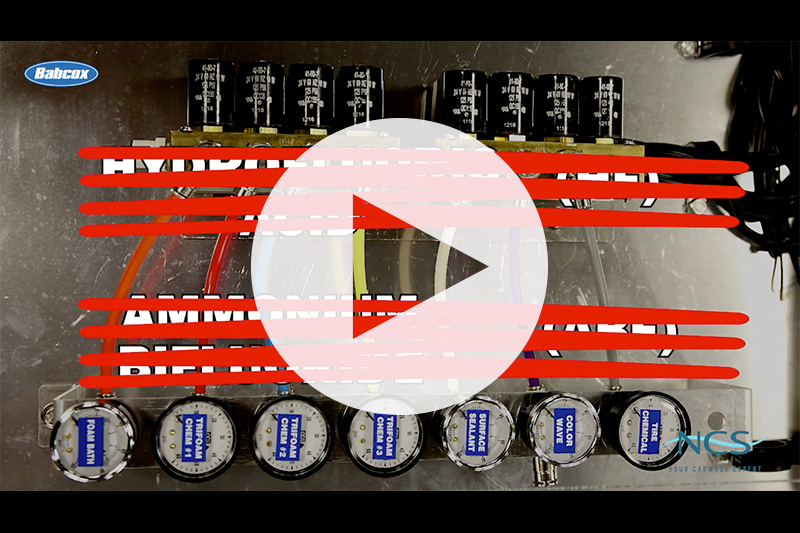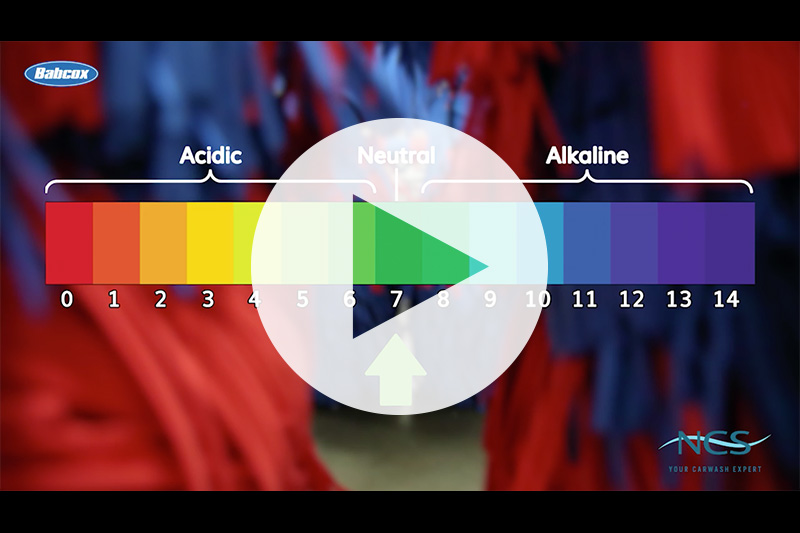For businesses operating in the modern, hyper-competitive carwash market, important steps like selecting the proper products and fine-tuning applications are the difference between breaking even or driving profits. A number of factors in the typical tunnel can affect the performance of a wash — from technology operations to chemistry and rinse results. Especially in the area of proper chemical application, many wash issues become readily visible to savvy customers.
In fact, the differences in cleaning results provided by a wash using bargain-priced chemicals and other locations with high-quality options are increasingly evident. Further, sites with poor storage setups can see effects in how the chemistry performs in a tunnel or bay. To push chemical performance, provide superior wash results and ensure a safe work environment, operators should strive to institute a number of chemistry best practices in every location.
The advantages of quality
Modern carwash chemistry has definitely advanced to a higher level of performance, and the high-quality chemical options available to carwashes today offer a number of operational advantages. A carwash that chooses to use higher-quality chemicals can benefit via wash consistency, support assistance and customer satisfaction, according to Doug Marquis, vice president of business development with Cleaning Systems Inc. (CSI) – Lustra.
“One of the expected advantages of using a quality chemical offering should be consistency,” Marquis explains. Registered manufacturers have taken steps to ensure that they produce consistent quality and performance from batch to batch, and customers rely on the fact that every time a container is opened, the chemicals inside will perform exactly the same way. “Successful businesses need reliable repeatability to maintain the confidence of customers, and quality chemicals that perform the same way every time are a big part of that,” Marquis adds.
Next, Marquis notes that quality chemical offerings always come with support from wash experts. These experts are trained on how to properly utilize the chemistry to provide maximum value and benefit to the operator and consumer. “Quality chemicals can function like a well-tuned race car when they have the support team in place to tune them in regularly.”
The final and most important factor is consumer satisfaction. Marquis states that, at the consumer level, the carwash is an “overall experience that results in a clean, dry and shiny vehicle.” Quality chemicals that are consistent and properly tuned will ensure that this experience and the final results meet the consumers’ highest expectations. Again, selecting quality chemicals plays a critical role in achieving this important goal.
Kipp Kofsky, president of Arcadian Services LLC, reveals that quality cleaning chemicals are made with ingredients designed to clean surfaces quicker and require less consumption. Often, wash owners communicate that bargain chemistry options generally do not clean as well, or they must be applied at a higher consumption rate that negates initial cost savings. Though bargain chemicals are used in an effort to save upfront costs, they typically need to be consumed at a faster rate in order to be effective. Faster product consumption not only requires the operator to use more product, but it also increases the labor and freight costs needed to order and replace chemicals more frequently.
Another consideration is the operational life of carwash equipment. Kofsky states that many carwash operators who have used bargain-priced products in the past have seen much quicker degradation in their equipment. This results in higher maintenance costs and needed parts replacement. This is due largely to the fact that when bargain-priced chemicals are manufactured, certain additives are needed to create a stable solution. These additives do not aid in cleaning and end up having a negative impact on equipment.
Saving via chemistry
Top-notch car care products are highly concentrated, requiring lower dosing volumes, Dan Kramer, technical director for Stone Soap Co. Inc., points out. This results in a lower cost per vehicle by eliminating unnecessary water from the formula. The savings in shipping costs, storage space and superior results reduce the cost per car and ensure return customers, due to the quality wash results.
Related: Analyzing carwash chemical costs
Jamie Salsburg, brand manager with Qual Chem, notes that one factor operators often overlook when comparing and pricing chemistry options is the final cost per car. With higher chemical concentration, many offerings that are more expensive on a gallon-to-gallon basis are actually less expensive when numbers are broken down to the cost per car. “At the end of the day, cost per car is the number that really matters,” asserts Salsburg.
John Kelliher, national sales manager for Simoniz USA’s Carwash Division, recalls that the truth of the old adage, “You get what you pay for,” has not changed. If a wash wants to turn out a quality vehicle, it is imperative that the business uses high-quality products. Premium products will allow a wash to always address the most demanding cleaning challenges when washing a vehicle.
“What it costs to clean a vehicle with high-quality products is a reasonable cost in the wash process,” Kelliher continues. “If you use less expensive, lower-quality products, you run the risk of having to use more of the product, thus pushing its cost up and still not achieving an acceptable level of quality.”
Proper chemical storage
As chemistry storage factors can affect a wash’s final performance, there are a number of best practices that operators should follow. Kofsky notes that owners should store chemicals based on local regulations, and these vary by state or locality. Caps and bungs should not be removed until the chemical is going to be used. During winter months, it is recommended that chemicals be stored off the ground to prevent freezing. Also, if any flammable products are being used, they must be stored in an area that is safe for flammable options.
“Owners should make sure all original safety labels are on the containers and train the employees on any hazards associated with each product,” Kofsky recommends. “The owner should also ensure all Safety Data Sheets (SDSs) are available and on-site for each chemical used and stored at the location.”
Kramer states that operators should provide gloves and eye protection for employees who handle chemicals. Next, owners should not transfer chemical from their original containers to any other containers, as this could result in an Occupational Health and Safety Administration (OSHA) violation. Finally, the SDS should be available to employees in a special SDS binder.
A good overall rule is to keep stored chemical out of direct sunlight and in a moderated temperature area, Marquis notes. Chemicals should be kept inside an equipment room or storage shed, if possible. Additionally, inventory rotation is important so that chemicals don’t get left on the shelf for excessively long periods of time. The chemical packages should have a manufacturing or “born on” date, and the standard would be to use them in under a year — in some specific cases, maybe even in less than six months.
Kelliher’s list of general storage best practices for carwashes includes:
- Make sure all containers are clearly labeled.
- Ensure the contents are identifiable in case of emergency.
- Do not move product to unmarked containers.
- Keep storage areas clean, well-lit and accessible to emergency personnel.
- Do not allow clutter to build up.
- Liquid materials should be kept from freezing.
- Store chemicals away from areas that are subject to extreme changes in temperature.
Updated industry trends
Storage space in the typical carwash is one component that has driven trends in the chemistry market. According to Kofsky, operators have been seeking a solution to save storage space for years. To answer this, the chemical industry has worked to develop many ultra-concentrated selections. Powdered products and highly concentrated liquids are now used more and more in efforts to save floor space, save time on unloading and loading and cut down on freight costs.
In addition, custom fragrances and colors are popular new trends for car care operators looking to provide the ultimate wash experience.
Kramer points to the chemistry trend of adding automatic tire dressing applications to a carwash. This service offering created a new revenue stream and forced the development of tire dressings designed for mechanical application. Further, the demand for more environmentally friendly tire dressings has led chemical companies to produce better-shining and longer-lasting water-based dressings.
“This was no easy feat, in that the silicone used for tire dressings is not soluble in water,” Kramer says. “Creative surface chemistry has allowed us to suspend the silicone in a water solution to provide a greener — non-solvent — dressing whose shine rivals that commonly found with solvent-based dressing.”
One hot new area is the addition of surface-altering products that operators can offer as extra services, Salsburg states. Customers love when vehicles look and feel shiny and smooth, and these surface-altering products have taken those considerations to the next level.
Super sealants and protectants
From a carwash chemical perspective, the protection products category has dominated the discussion over the last 10 to 12 years by far, Marquis notes. Super-sealants, or total vehicle protectants, really kicked off the craze, which then moved into specialty waxes, carnauba products and now fast-crashing polymer super-foamers.
Marquis states that two core components really drove the advances: demand and technology. Carwash operators have a continuous need to create ways to drive additional revenue, so they remain hungry for “extra-service” product offerings. That demand, in part, pushes the chemical suppliers to invest in technology to develop solutions that meet the needs of this growing and changing industry.
“As a result, we now have scientists with decades of advanced technology chemical formulation expertise working to design products that not only produce clean, dry and shiny cars, but that do so at a nano-technology level,” educates Marquis.
Related: Mastering paint protection
Kelliher agrees, noting that modern chemical trends include the use of more highly concentrated solutions; the emergence of premium on-line polishes, waxes and windshield treatments; and new paint sealants that can be applied in detail bays. The demand for more concentrated products resulted in the introduction of surfactant systems that are more soluble, more biodegradable and more stable in alkaline and acidic environments. These solutions offer the previously mentioned benefits of reduced shipping costs, less storage room and ease of handling as well.
Next, the premium polishes and waxes that can now be offered deliver a difference to both appearance and touch on vehicle surfaces, Kelliher states. With the new generation formulations, chemical companies are at a point where tangible value can be added to the vehicle on-line during the wash process. Carwash chemistry has allowed businesses to market polishes and waxes automatically on-line that were not available until the last several years. These options enable washes to produce a shine on a vehicle that would have only been possible through manual labor several years ago.
“It’s amazing to see that we now have some of the brightest scientists in our industry studying the physical interaction of sealants on vehicles’ surfaces at a microscopic level to understand how to change the size and shape of a water droplet to make it run off the car better and faster,” Marquis concludes. “Today, we are creating things like specialty super-polishes with fast-crashing foam structures and cleaners targeted at specific soil elements to address environmental differences in certain geographic areas of the world.”
Charles Brady is a freelance contributor.

